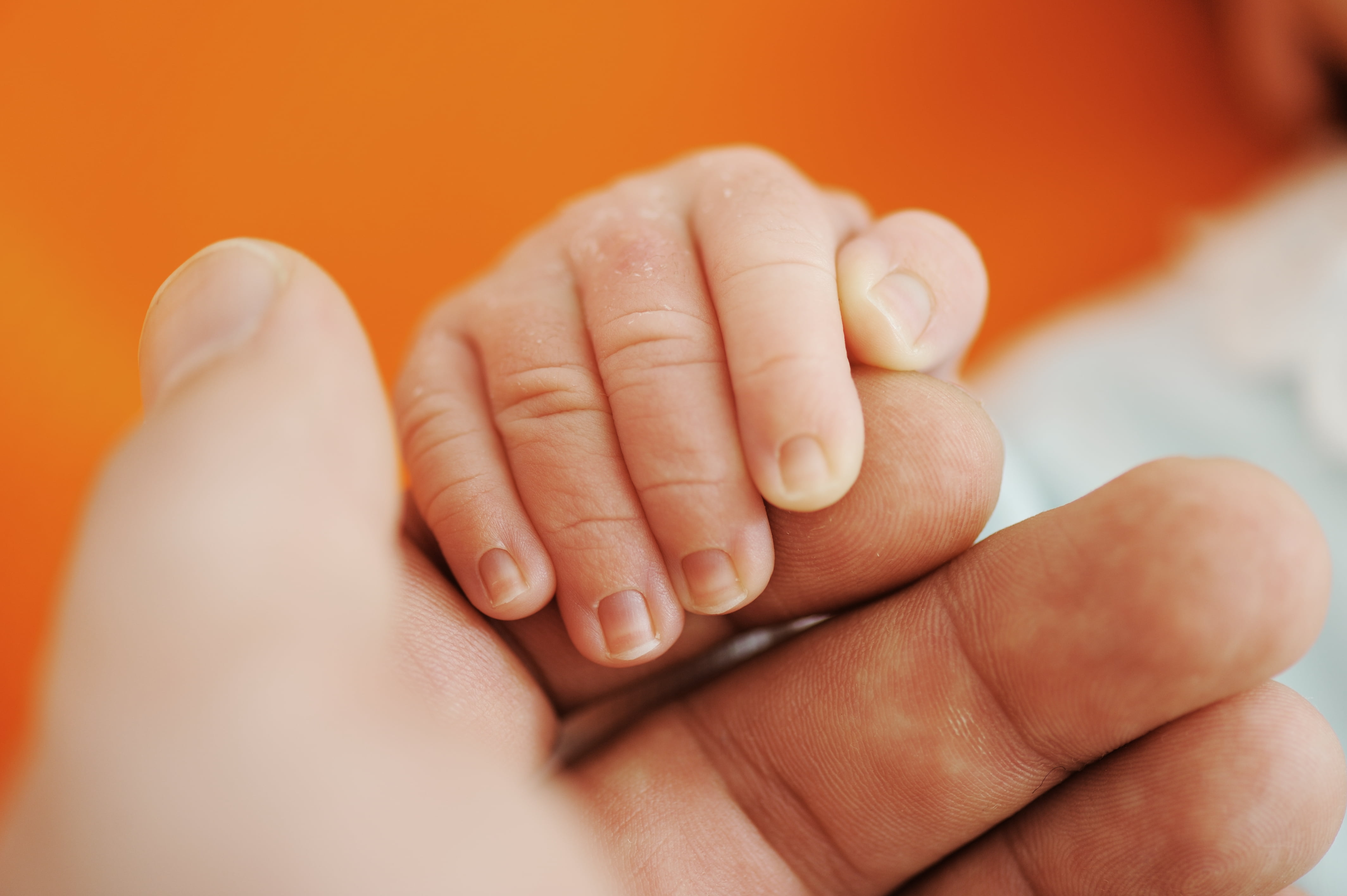Orofacial clefts, likewise called cleft lip or cleft palate, are among one of the most frequent birth defects in the USA.
In fact, it is estimated that around 2,650 infants are born with a cleft palate every year in America, and up to 4,440 are born with a cleft lip. A cleft occurs during early pregnancy while the baby’s face is still forming. When the parts of the face struggle to fuse during pregnancy, a cleft occurs.
Cleft During History
Since 390 B.C., cleft lips have been recorded in case history. During this time, the very first effective cleft lip procedure took place in China. The patient, Wey Young-Chi, received surgery to fix his cleft lip when he was 18 years old. Afterward, he joined the imperial military where he found success and recognition. He was also noted as believing that he never would have attained as much if it had actually not been for the surgery that restored his cleft.
Characteristics of Cleft Lip
A cleft lip takes place when the tissue that develops the lips does not join together before birth, and this leads to a hole in the upper lip. The dimension of the opening can vary between a tiny split to a large hole that stretches from the lip to the nose. There are 3 sorts of cleft lip: complete (meaning that the slit begins at the lip and rises right into the nose), unilateral (happens on one side), or bilateral (happens on both sides).
Characteristics of Cleft Palate
Comparable to a cleft lip, a cleft palate happens when the tissue that comprises the roof of the mouth doesn’t connect during pregnancy, causing a gap. A child’s palate can be interfered with in the soft palate–the area in the back of the mouth–or in the hard palate– the area closest to the lips– and in many cases, some babies have spaces in both locations.
Causes
The CDC has published their findings on some factors that might raise the chance that a person will give birth to a child with orofacial clefts. Though it needs to be noted that the reasons for this defect are mainly unknown, and slits can take place for reasons that are not in the mother’s control.
Females who develop diabetes prior to getting pregnant, smoke throughout their pregnancy, or use medications to deal with epilepsy within the initial three months of becoming pregnant are at an increased risk of giving birth to a child with a cleft lip and/or palate contrasted to women that do not prescribe to any of these aspects. Other reasons can consist of obesity, family history, and alcohol use.
Negative Effects
Whereas orofacial clefts are able to be dealt with, the existence of these splits causes particular problems for the baby. For instance, among one of the most worrying difficulties when taking care of an infant with a cleft palate is difficult feedings. Due to the fact that the slit takes place in the palate for some babies, it can trigger concerns in the baby’s ability to suckle and swallow. Additionally, a cleft palate can place the baby in danger of developing hearing loss and liquid in the ear, in addition to interrupting the advancement of forming a normal speech pattern, which causes the child to have a nasally voice. Other problems consist of abnormal tooth development and also social, psychological, and behavioral problems.
Diagnosis and Additional Treatment
Orofacial slits can be spotted while the mother is pregnant by use of a routine ultrasound. Cleft palates, however, are generally diagnosed soon after birth. Surgical procedures to fix clefts is recommended to take place within the very first 18 months of life.
In regards to cleft lip surgery, the medical professional will create lacerations on each side of the cleft. Using the flaps of skin, muscular tissue, as well as intraoral tissue, the medical professional stitches them together to close the slit. With the separation shut, the nose and lip can be fixed to a more regular structure as well as function.
A cleft palate requires the doctor to rebuild the roof of the mouth. Similar to a slit lip surgical procedure, the doctor will make cuts on either side of the cleft. The cells of the hard and soft palate are then repositioned and the incision is sewn back together.
Typically, kids born with a cleft need to continue to obtain more medical care after the preliminary surgery to shut the cleft. These additional treatments will certainly aid the child in building more powerful speech and language advancement, as well as improving their hearing and breathing. Also, children might need speech treatment or special dental care. In spite of the surgical procedures extra therapy, many children with orofacial clefts often tend to lead typical and healthy lives.
Check out other topics that our professionals at Milford Dental Excellence have written about. There’s a lot of useful information for patients’ who are curious about different kinds of dental practices and procedures.









